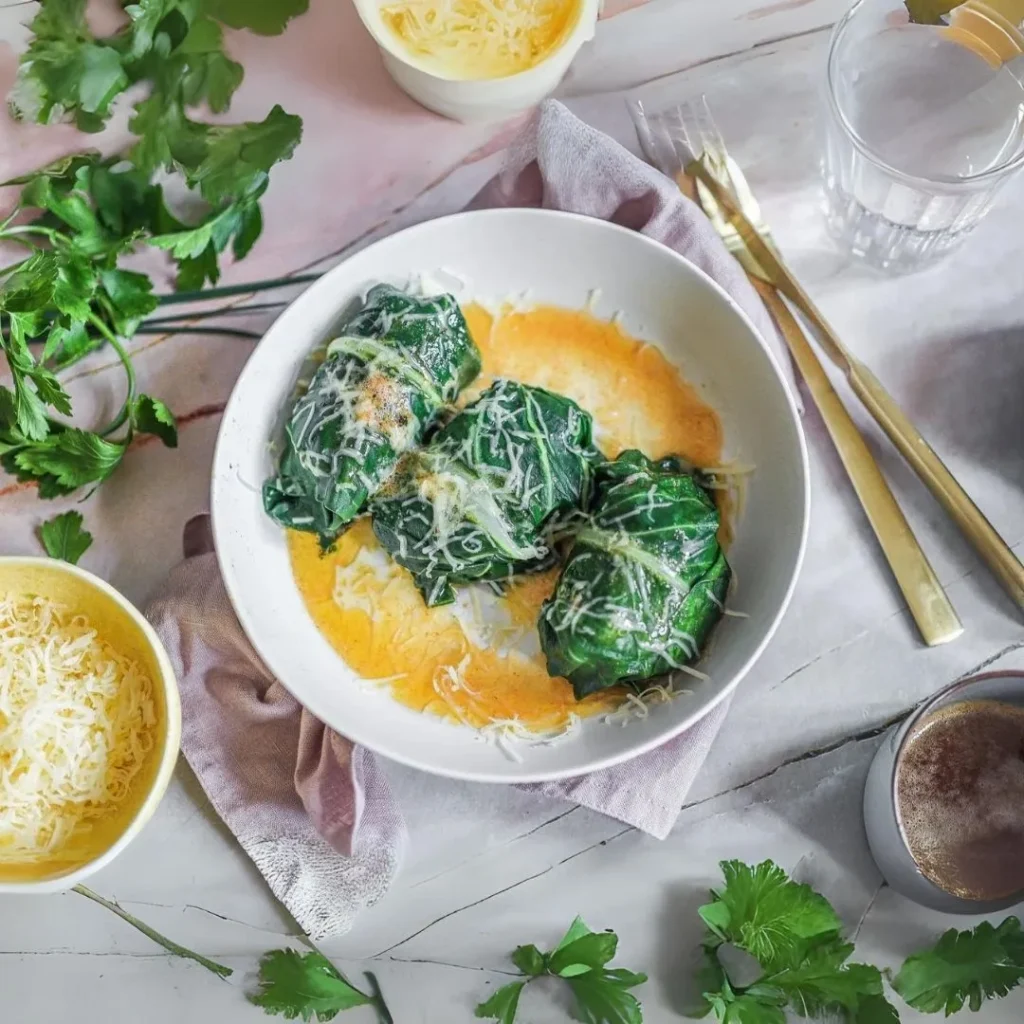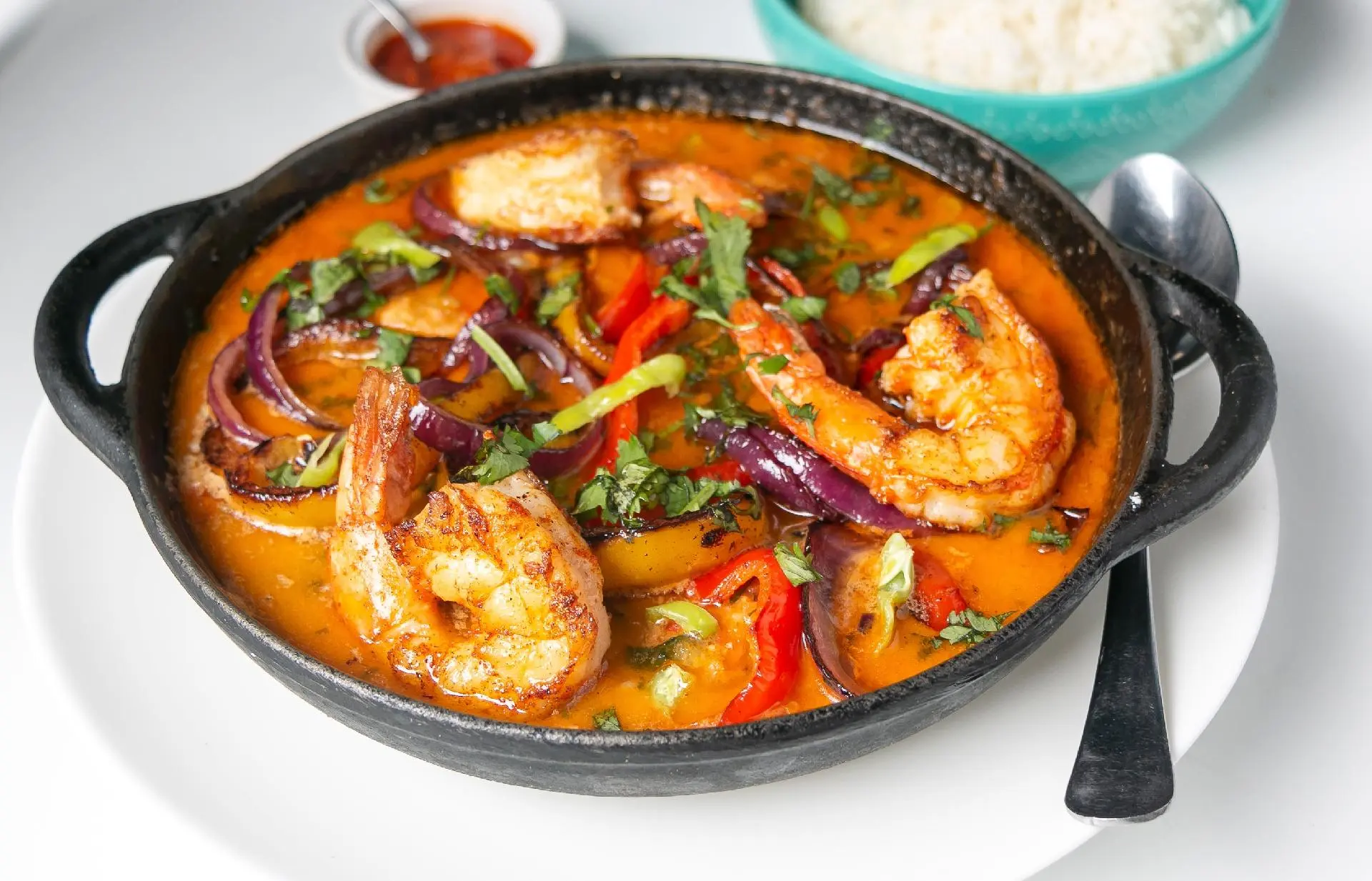Swiss Capuns: A Traditional Dish with Deep Cultural Roots in the Swiss Alps
Switzerland’s culinary landscape is rich and diverse, blending influences from its German, French, and Italian-speaking regions. One dish that stands out, especially from the Grisons (Graubünden) region, is Capuns. This hearty meal tells the story of Alpine life, agricultural traditions, and culinary ingenuity.
The Origins of Capuns
Capuns comes from the Surselva valley, where Romansh culture thrives. It dates back centuries, with families passing down their unique recipes. Life in the Alps, with its harsh winters and limited agricultural resources, required resourcefulness. Capuns perfectly showcases this creativity.
The dish features chard leaves, spätzli dough, and dried meat such as Salsiz, ham, or bacon. These ingredients are wrapped in chard leaves and boiled in a rich broth. Sometimes, a light cream sauce or cheese finishes the dish, making it a true reflection of Swiss Alpine cuisine.
The Cultural Importance of Capuns
Capuns represents more than just food. It embodies the deep connection between the people of Graubünden and their land. Swiss Alpine farmers used their homegrown vegetables and preserved meats to sustain themselves through long winters. Chard, a resilient vegetable, symbolizes their ability to thrive in tough conditions.
Originally a simple meal for farmers, Capuns has evolved into a celebrated dish. Today, it highlights local culinary traditions in Swiss restaurants, where it is often served during family gatherings and festive occasions.
Capuns and Romansh Culture
Capuns ties closely to Romansh culture, Switzerland’s lesser-known language. It symbolizes the preservation of ancient customs and remains a living part of Romansh heritage. Many versions of the recipe are still written in Romansh, and festivals celebrating Capuns often feature the language as well.
The dish helps keep Romansh culture alive. It reflects the community’s resilience and commitment to maintaining their unique identity despite modern challenges.
Modern Variations
Though Capuns stays true to its origins, local variations abound. Families and villages often put their own spin on the recipe, from extra cheese to different meats or richer broths. Vegetarian options have even emerged in recent years.
Swiss restaurants proudly serve Capuns, often pairing it with local wines. The dish connects to the broader trend of celebrating regional foods and traditional recipes, bridging the gap between old-world ingredients and modern culinary practices.
Tourists visiting Graubünden are often encouraged to try Capuns to experience the region’s culture firsthand. The dish’s simplicity, high-quality ingredients, and deep respect for tradition make it a memorable meal.
The Experience of Eating Capuns
For those tasting Capuns for the first time, the combination of flavors and textures is unforgettable. The soft spätzli filling, wrapped in tender chard leaves, contrasts beautifully with the savory meat. Meanwhile, the cream sauce or broth provides a rich, comforting finish.
Typically served as a main course, Capuns is most popular during colder months. It’s the perfect comfort food, often paired with crusty Swiss bread to soak up the flavorful sauce.
Tradition Meets Innovation
Capuns, though rooted in tradition, also reflects Swiss culinary innovation. The dish transforms basic ingredients into something both elegant and satisfying, embodying the creative spirit of Swiss cuisine.
As more people discover Swiss food, Capuns continues to gain attention. It remains a symbol of the resilience and cultural pride of the Grisons region.
Discover Traditional Swiss Recipes Discover Traditional Recipes from Europe You may like this also: Colombian Ajiaco
Swiss Capuns
Ingredients
For the dough:
For the filling:
For the sauce:
Instructions
-
In a large mixing bowl, combine the flour, eggs, milk, water, chopped beef or ham, onion, garlic, salt, and pepper. Mix until you have a thick dough. Let it rest for 10-15 minutes.
-
Wash the Swiss chard leaves and carefully remove the thick stems. Blanch the leaves in boiling water for 30 seconds to 1 minute, then quickly transfer them to ice water to stop the cooking. Drain and pat them dry.
Form the Capuns:
-
Place about 1 tablespoon of the dough mixture in the center of each chard leaf. Fold the edges of the leaf over the filling, rolling them tightly into small parcels, ensuring that the filling is completely enclosed.
-
In a large skillet or wide saucepan, heat the broth and cream together over medium heat. Add the butter and season with salt, pepper, and a splash of white wine (if using). Bring to a gentle simmer.
-
Carefully place the Capuns in the simmering sauce. Cover the pan and let them cook gently for about 20-25 minutes, turning them halfway through to ensure even cooking. The sauce should thicken slightly.
-
Once cooked, serve the Capuns with some of the cream sauce drizzled on top. Garnish with freshly grated cheese, if desired.
-
-
Your traditional Swiss Capuns is ready. En Guete!
Note
Optional additions: You can add herbs like parsley or chives to the dough for extra flavor.
Serving suggestion: Capuns are often served with a side of boiled potatoes or a green salad.















